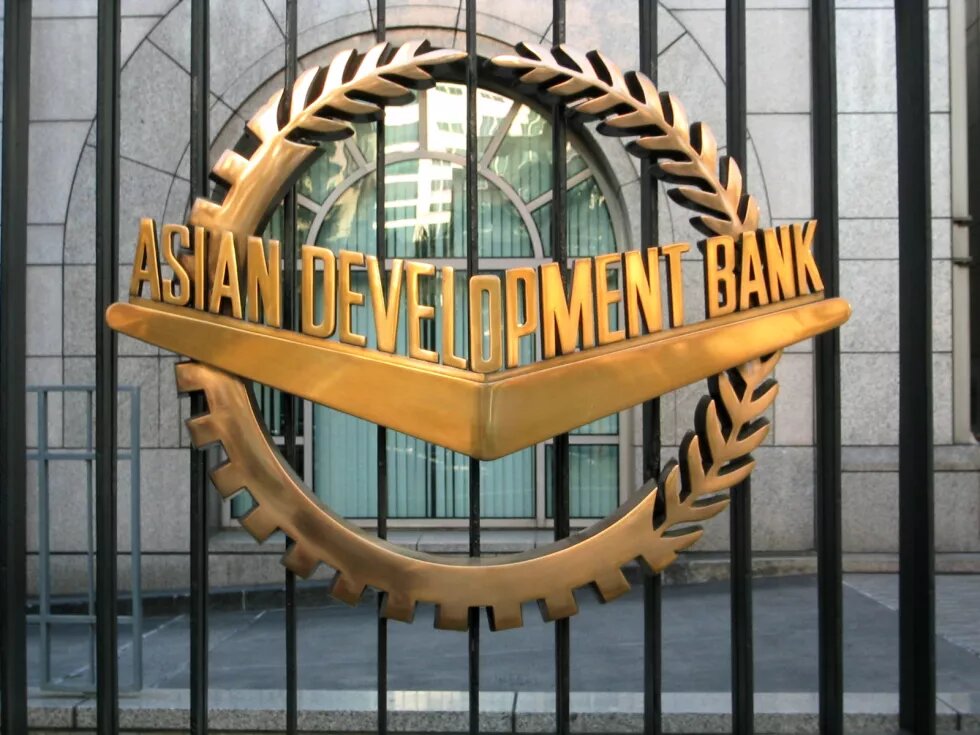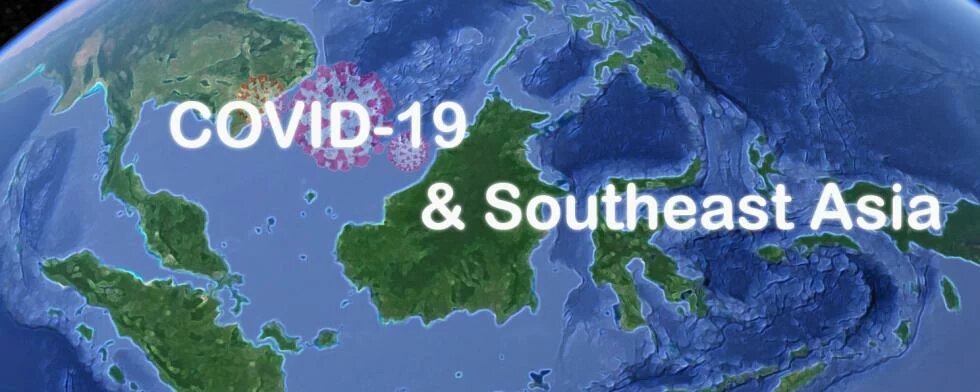

Click here to go to Part one of this article
ADB 20 Billion USD COVID 19: A Quick Glance
The ADB initially earmarked 6.5 billion USD for COVID 19 on March 18 and by April 13 they have increased it to a staggering 20 billion USD under the COVID-19 response banner. The ADB has yet to provide detailed breakdowns for the fund, but initial information on the website raise the following issues of concern:
1. Only 2 billion USD of the 20 billion USD is in concessional and grant forms
2. 2 billion USD has been allocated explicitly for private sector (no details on how that will be unpacked)
3. All Developing Member Countries may apply for loans
An example of how lucrative the loans are made to appeal to struggling governments can be gleaned from the recently inked 1.5 billion USD loan to the Philippines government. The interest rate is 2% for the loan, which is one of the lowest rates ever issued by the ADB. The conditions were made further lucrative with up to 3 years of grace periods and extended periods of maturity from 5 to 10 years for different tranche disbursements.
Explicit favor for private sector in the ADB COVID-19 loan general criteria:
- Providing select private firms, microfinance institutions, and small- and medium enterprises with access to working capital;
- Ensuring sufficient trade and supply chain financing is available as the global economy experiences a major economic shock from the pandemic;
In case of the medical response the ADB may continue preferring private health care systems which will only be accessible by those who can afford it, leading to a question of systemic deprivation of the poor from gaining access to the much needed health services at this critical time. In terms of direct economic support the loans clearly earmark the private sector and emphasizes trade and supply chain financing of what we can assume are already pre-existing sectors of investment coupled to fossil fuel use.
So in terms of critical areas of innovation, which is addressing public health care infrastructure, and sustainable and green energy systems we are not seeing any real transformation from the ADB. A detailed inspection of the loan agreements and subsequent projects is underway, and various civil society groups and researchers are analyzing the portfolio as it unfolds in the days to come. At this stage it would be fair to argue that the ADB is very much taking a ‘business as usual’ approach in it’s COVID-19 response and is undeterred in its mega infrastructure privatization and fossil fuel pathway.
COVID-19 and Belt Road Initiative
In terms of the China led BRI, work has stopped along the China-Pakistan Economic Corridor, Cambodia’s Sihanoukville Special Economic Zone has been suspended, the Payra coal power plant in Bangladesh has been delayed and projects across Indonesia, Malaysia and Myanmar have been stalled indefinitely. The lack of travel facilities for Chinese labor has been attributed as a key factor in this process, with thousands of Chinese workers unable to return to work on BRI projects across Asia and Europe. A media report in India claims that over 130 countries have placed restrictions on the entry of Chinese citizens travelling from China, which has significantly hampered all Chinese financed infrastructure projects including BRI projects. According to a US think tank, Council for Foreign Relations of CFR, in its recent report titled ‘What the Covid-19 Pandemic May Mean for China’s Belt and Road Initiative’; the Covid-19 crisis has also hampered China’s manufacturing supply chains, and it is no secret that BRI projects are primarily reliant on Chinese, rather than local material and supplies. It can be assumed that this will make it more difficult for borrowing Asian governments to support the existing BRI projects. It maybe further argued that this would create pressure upon China to either write-off BRI loans or restructure them significantly.
It seems that Covid-19 spread has led BRI and China to use the same corridors, ports and logistics hubs to provide medical support to partner countries in need as Beijing attempts to position itself as a global leader in healthcare. This is being interpreted as a ‘charm offensive’ move which Chinese President Xi Jinping calls the Health Silk Road’.
BRI and AIIB
The issue of digital security and the role of China in the global debate around big data mining are challenges which, surround us in the fourth industrial revolution along with the fourth wave of debt, global pandemic and the overarching climate crisis. Surrounded deep in controversy the BRI Health Silk Road needs a multilateral front to continue bolstering its acceptance across the world around the issues cited above. In order to achieve these objectives the China led AIIB will be influential to demonstrate this new commitment to multilateralism and public welfare. The Asian Infrastructure Investment Bank (AIIB), of which China is the largest shareholder, has created a USD 5 billion crisis recovery fund to support countries and businesses during the pandemic. In line with the agenda of being the multilateral front of the Chinese BRI agenda the AIIB has announced two recovery loans, to the cities of Beijing and Chongqing. Consequently the AIIB is now considering similar packages for Indonesia, Bangladesh and India. Most of the 2020 AIIB loans are looking at public health infrastructure, and policy reform loans in the health and connectivity sector.
Aside from the COVID-19 response loans, in 2019-2020 the AIIB has approved several projects in line with the BRI namely - Bangladesh: Dhaka and West Zone Transmission Grid Expansion Project, Lao People’s Democratic Republic: National Road 13 Improvement and Maintenance Project, Belarus: Rehabilitation and Upgrading of National Road R46, Tajikistan: Obigarm-Nurobod Road Project. The projects have also been supplemented with various AIIB financed infrastructure fund facilities for Asia and specific Singapore, India, Indonesia.
Debt Relief?
Considering the nature of this global pandemic, debt relief has been considered as a possible solution. Both the IMF and G20 have committed to debt relief measures as of May 2020, but the scale and scope of the measures are limited to less than 25 selected countries, the debt relief needs to be much wider in order to be effective and should include the MDBs, and other bilateral banks in the effort. Unfortunately as of May 2020,Multilateral Development Banks such as the ADB, World Bank, AIIB, BRICS and the bilateral banks of Japan, China, and Korea have continued to collect debt payments for 2020 form overburdened Asian governments and have not signaled any movements towards debt relief solutions for states amid this escalating crisis.
Conclusion
Considering the global financial system and it’s constraints MDBs and even the BRI are looking to shift slightly away from traditional infrastructure and lean towards more health and public health infrastructure to retain economic dominance. In that shift the trend in future health loan and recovery investments are being aimed at private Sector; this is evident for both the ADB and AIIB loans. Unfortunately this risks embedding the status quo of the elite-government-capital nexus and neglecting the people from the decision making process. Therefore what needs to be demanded through social movements globally is that the financial architecture entails free and public access to health care for the poor and most vulnerable, through meaningful dialogue and transfer of control over design of the recovery solutions. The role of civil society, free press and social movements will be integral in voicing these demands.
We have to realize that MDBs and the BRI as institutions are each trying desperately to survive the COVID-19 economic recession and impending financial crisis. The name of the game is now COVID-19 recovery and people around the world should be vigilant that ‘recovery’ loans aimed towards financially weak governments are not to ensure development bank profitability but actual sustainable development and public health care objectives. The proposed loans will need to be carefully investigated and continually challenged to meet people’s needs. There is no doubt global capital is vulnerable and maybe its time to tip the balance in the people's favor.
__
*Rayyan Hassan is the Executive Director of the NGO Forum on ADB
This article is published by Heinrich-Böll-Stiftung Southeast Asia and NGO Forum on ADB
The NGO Forum on ADB is a network of civil society organizations (CSOs) that has been monitoring the projects, programs, and policies of the Asian Development Bank (ADB) and the Asian Infrastructure Investment Bank (AIIB) with membership spans Asia and the Pacific regions.
This article is a part of Web-Dossier: COVID-19 and Southeast Asia


